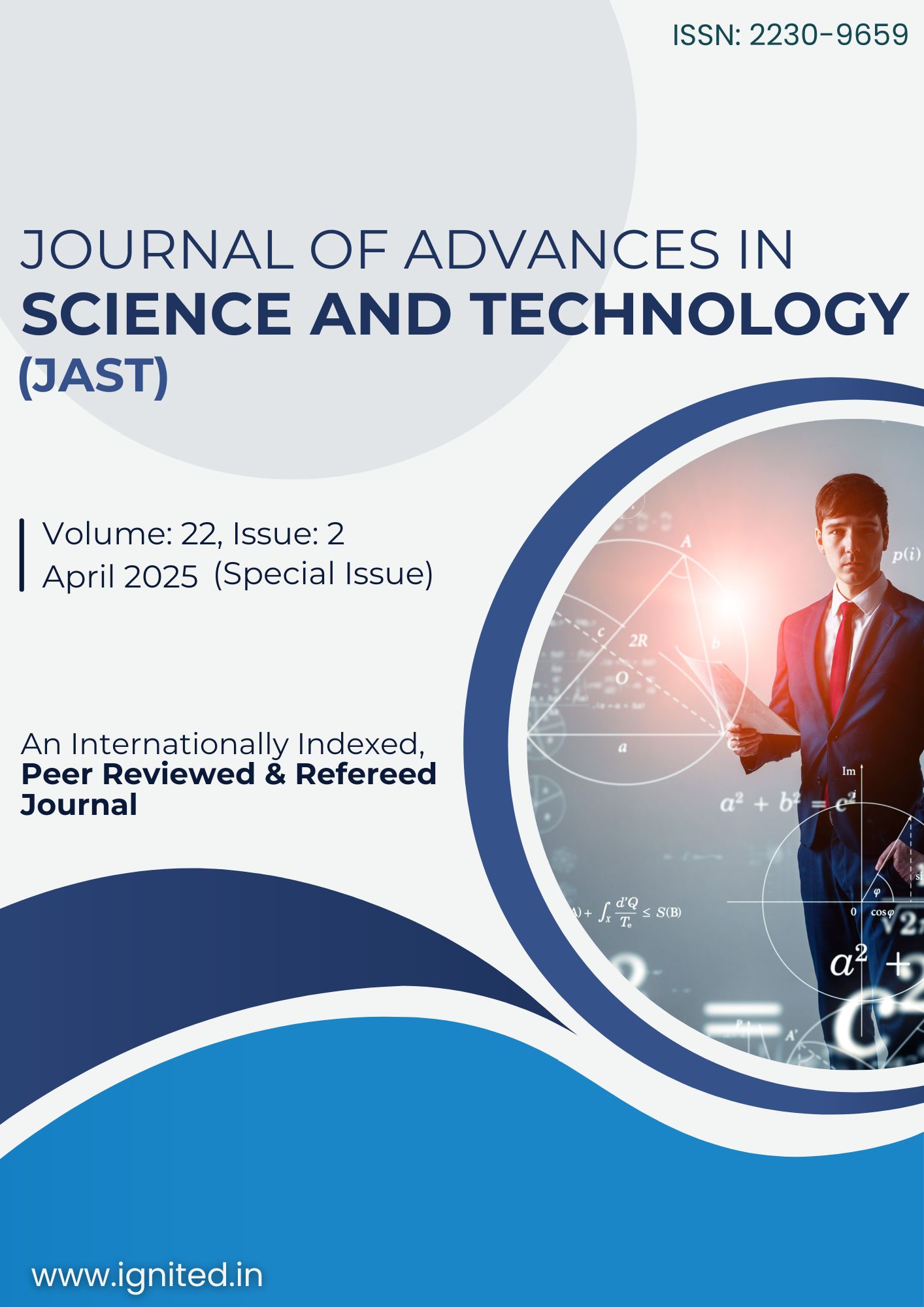Individual Protection Gear Productivity in Dangerous Workplaces
Main Article Content
Authors
Abstract
Construction sites, chemical plants, mining operations, and manufacturing units are examples of hazardous locations where workers must wear individual protective gear (IPG) to ensure their safety, health, and productivity. Focusing on how efficient gear utilization not only effects job efficiency but also mitigates occupational dangers, this study explores the link between IPG use and worker productivity in hazardous environments. Protect yourself from physical, chemical, and biological dangers by donning IPG, which includes protective gear including helmets, gloves, respirators, and safety shoes. Although the major purpose of IPG is to avoid accidents and illnesses, it may also improve overall performance by reducing tiredness, increasing comfort, and maintaining attention via good selection, ergonomic design, and continuous usage. But protective gear that is too heavy, doesn't fit well, or doesn't allow enough air to circulate can limit movement and efficiency. Lightweight materials, improved filtration systems, and user-friendly designs are key developments that can help strike a balance between safety requirements and usability, according to this research. In addition, it highlights how training programs may promote compliance and make sure that employees know how important IPG is for keeping things safe and running smoothly. In addition to being a necessity for compliance with regulations, the results demonstrate that well-designed and appropriately implemented IPG may boost productivity.
Downloads
Article Details
Section
References
- Z., Zhang, Z., & Ai, Z. (2025, February). Adverse reactions of workers to the use of personal protective equipment in pharmaceutical factories: A cross-sectional survey. Energy and Built Environment.
- Noboa, A. R. A. (2025). Electrical safety of technical workers in Europe: Integration of legal frameworks and smart protection. International Journal of Advanced Research in Electrical, Electronics and Instrumentation Engineering, 14(06).
- Zhang, H., Mu, C., Ma, X., Guo, X., & Hu, C. (2024). MEAG-YOLO: A novel approach for the accurate detection of personal protective equipment in substations. Applied Sciences, 14(11).
- Benson, C., Obasi, I. C., Akinwande, D. V., & Ile, C. (2024). The impact of interventions on health, safety and environment in the process industry. Heliyon, 10(1), e23604.
- Bęś, P., & Strzałkowski, P. (2024). Analysis of the effectiveness of safety training methods. Sustainability, 16(7).
- Tsukada, K., et al. (2024). Effectiveness of virtual reality training in teaching personal protective equipment skills: A randomized clinical trial. JAMA Network Open, 7(2), e2355358.
- Rahmani, H., & Weckman, G. R. (2024). Working under the shadow of drones: Investigating occupational safety hazards among commercial drone pilots. IISE Transactions on Occupational Ergonomics and Human Factors, 12(1–2), 55–67.
- Khoshakhlagh, A. H., et al. (2024). Assessing personal protective equipment usage and its correlation with knowledge, attitudes, performance, and safety culture among workers in small and medium-sized enterprises. BMC Public Health, 24(1), 1–9.
- Thangam, J. A., Jeshurun, S. B., & Appadurai, M. (2022). Industrial hazards and safety measures – An empirical study. Materials Today: Proceedings, 60, 834–838.
- Patel, M. (2021). Trends in workplace wearable technologies and connected‐worker solutions for safety and productivity. Advanced Intelligent Systems.
- Hu, Q., Shen, X., Qian, X., Huang, G., & Yuan, M. (2023). The personal protective equipment (PPE) based on individual combat: A systematic review and trend analysis. Defence Technology, 28, 195–221.
- Latif, F., & Muh. Taufiq, L. O. (2023). Knowledge and attitude with the compliance of the use of personal protective equipment (PPE) for cleaning officers. Jurnal Ilmiah Kesehatan Sandi Husada, 12(2), 339–345.
- George, J., Shafqat, N., Verma, R., & Patidar, A. B. (2023). Factors influencing compliance with personal protective equipment (PPE) use among healthcare workers. Cureus, 15(2).
- De-la-Torre, G. E., et al. (2022). Physical and chemical degradation of littered personal protective equipment (PPE) under simulated environmental conditions. Marine Pollution Bulletin, 178.
- Assefa, T., & Teshager, A. A. (2020, January). Elsevier COVID-19 resource centre: Free information in English and Mandarin on the novel coronavirus COVID-19. Elsevier Connect.

